In the syringe it is one of the most famous medical instruments. It serves u. a. for giving injections.
What is a syringe?

A syringe can be used to give liquid medication through an injection. These funds are also known as injectables. In addition to administering drugs, the syringe can also be used to inject rinses or to take blood or other body fluids from the organism.
The syringe is mostly used together with a cannula. Syringes are classified as class IIa medical devices.
In most cases the term “syringe” is used synonymously with the term “injection”. The term syringe as a medical product occurs only in the case of a non-pre-filled and single-dose specimen.
Shapes, types & types
Syringes are classified into different types and used for different purposes. For example, it is important to differentiate between disposable and reusable syringes. A disposable syringe is a syringe that is sterile packaging and is only used once. Reusable syringes, on the other hand, can be used repeatedly. After use, they are cleaned and sterilized. However, multiple syringes are hardly needed these days. Disposable syringes are currently the standard for medical instruments.
Another distinguishing criterion is the area of application of the syringe. So there are u. a. Insulin syringes specially used by diabetics. Insulin syringes have shorter needles because insulin is always injected under the skin. In addition, the finer needles are less painful.
Another variant is the nasal syringe. This has a rubber pear and a hose and can be used to inject salt water solutions through the nose. It can also be used to suck out mucus from the nasal cavity.
The oral syringe also belongs to the syringe forms. It is used for the therapy of small children. Small children often do not want to take their medicine orally because they do not like it. Therefore, the drug is filled into the oral syringe and administered through the oral cavity via a plunger.
A version with a special protective device is known as a safety syringe. This prevents the patient from receiving their injection in the wrong place.
Structure & functionality
A syringe is assembled from a hollow jacket in the shape of a cylinder. Inside there is a plunger called a syringe plunger. He is able to slide up and down again. The front part of the syringe plunger closes a cover plate. This runs out in the syringe nozzle or a thread. Hoses, cannulas or valves can also be connected there.
The rear section of the syringe is usually equipped with a piston stop. In this way the syringe plunger cannot slide out of the syringe. There is a scale applied to the outside wall of the cylinder. This is used to read the injection volume.
Most syringes consist of two parts. As a rule, they are only composed of the syringe plunger and the cylinder. However, there are also three-part syringes that are also equipped with a rubber stopper, which enables a better seal. Four-part syringes are also offered, which also have a safety ring. This ring prevents the piston from being pulled out.
To use the syringe, a retraction movement of the syringe plunger creates suction on the nozzle. In this way the inside of the instrument can be filled. In order to give an injection, positive pressure is created, which pushes the plunger in. This enables the liquid to flow out inside the syringe.
In principle, drugs that are administered by syringe can have a better effect than drugs that the patient takes orally. This means that fewer obstacles in the body have to be bypassed on the way to the site of action. There are also certain drugs that can only be used effectively with a syringe. However, there is a higher risk of infection caused by bacteria from the syringes.
Medical & health benefits
The first syringes were used in Arab countries as early as the 9th century, albeit in a much more primitive form. It was only from the middle of the 18th century that medical instruments were used regularly and were used to administer injections.
Nowadays, syringes of various types are among the indispensable objects of use in modern medicine and have a high health benefit. There is hardly an instrument that is used as often as the syringe.
A very important field of activity is u. a. Vaccination. Many vaccines that prevent dangerous infectious diseases are injected with a syringe. But the instrument has also become indispensable for administering various medications, for example in emergency medicine.
Before an injection can be carried out, the doctor fills the appropriate substance from an ampoule into the syringe by drawing it up. In addition, the air that is still inside the instrument must be pushed out of it. For this purpose, a small amount of the active ingredient is sprayed out of the syringe. Finally, the vaccine or medicine can be given.
Syringes are also extremely valuable for diagnosis. They are therefore suitable for filling a patient's blood sample. This is then carefully examined in a laboratory.

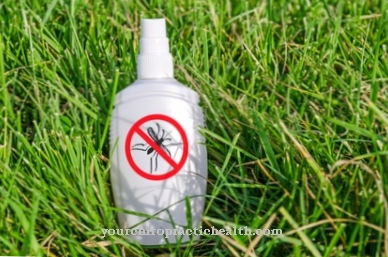
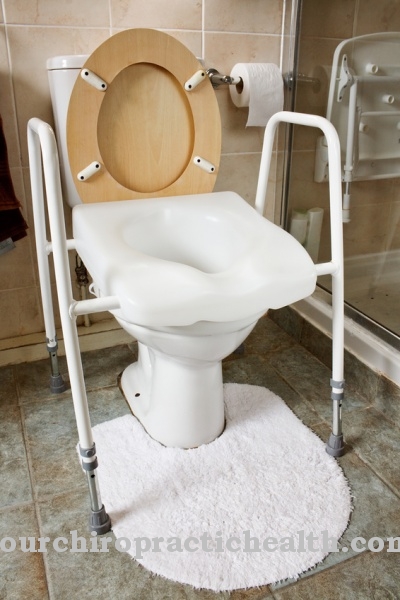

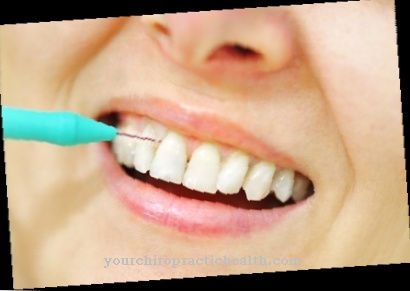
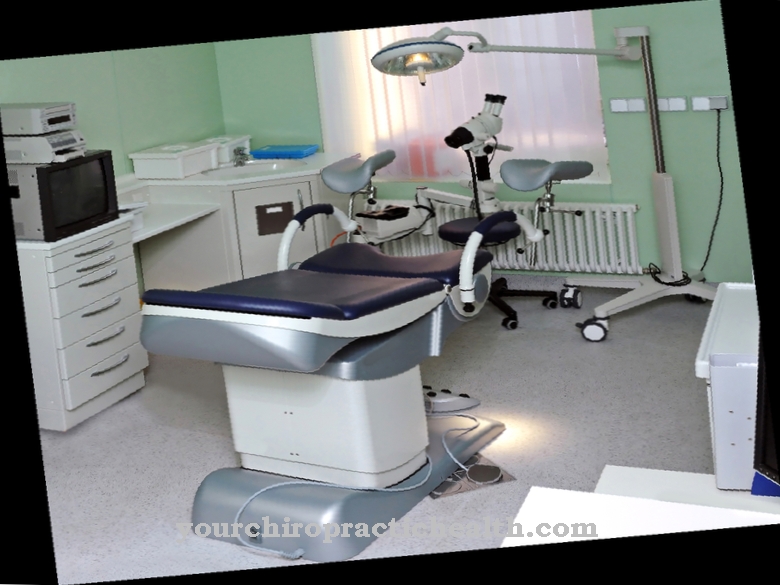
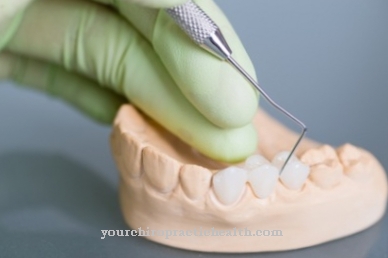





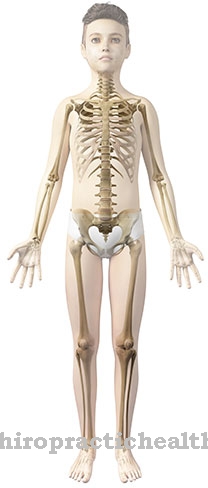



.jpg)


.jpg)

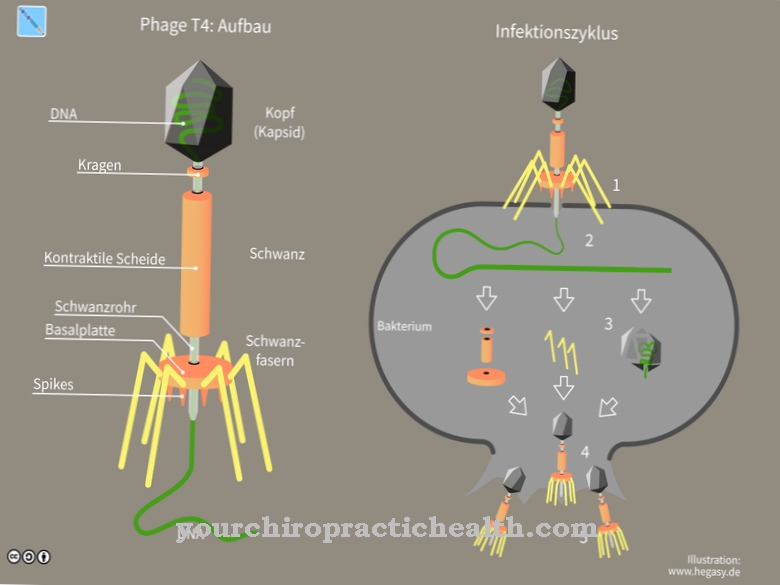
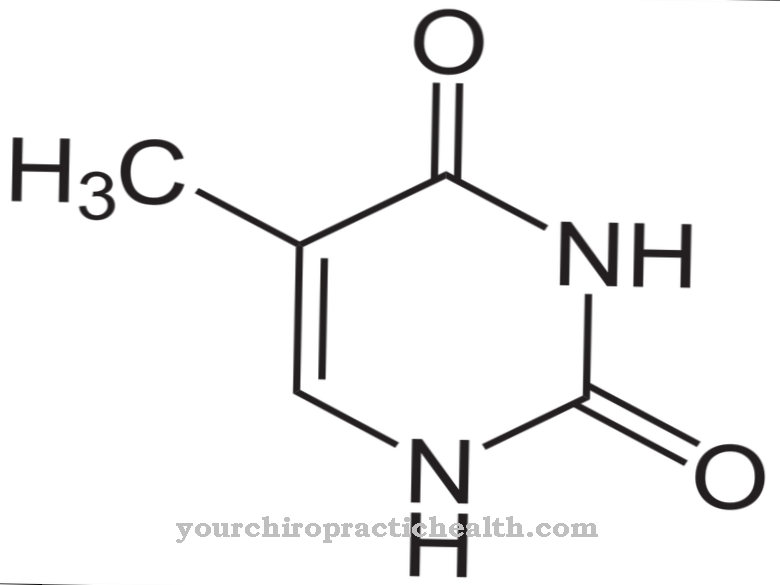
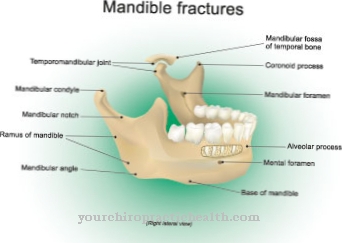


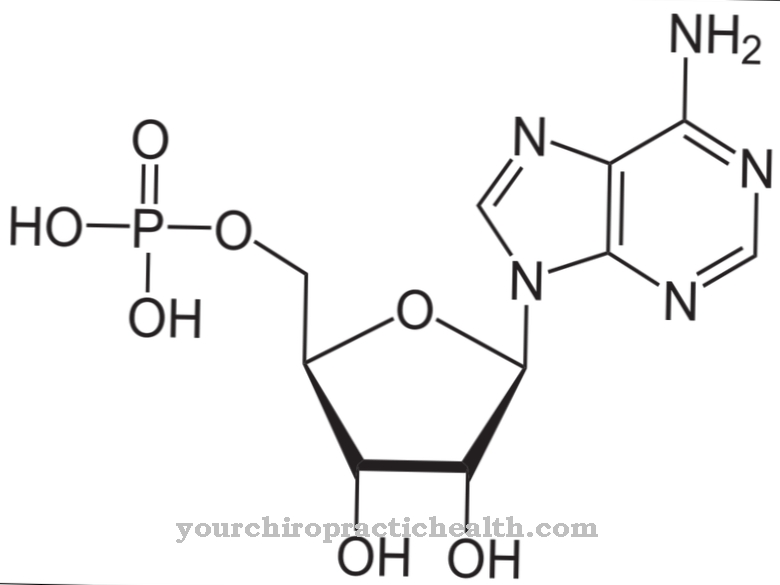
.jpg)
